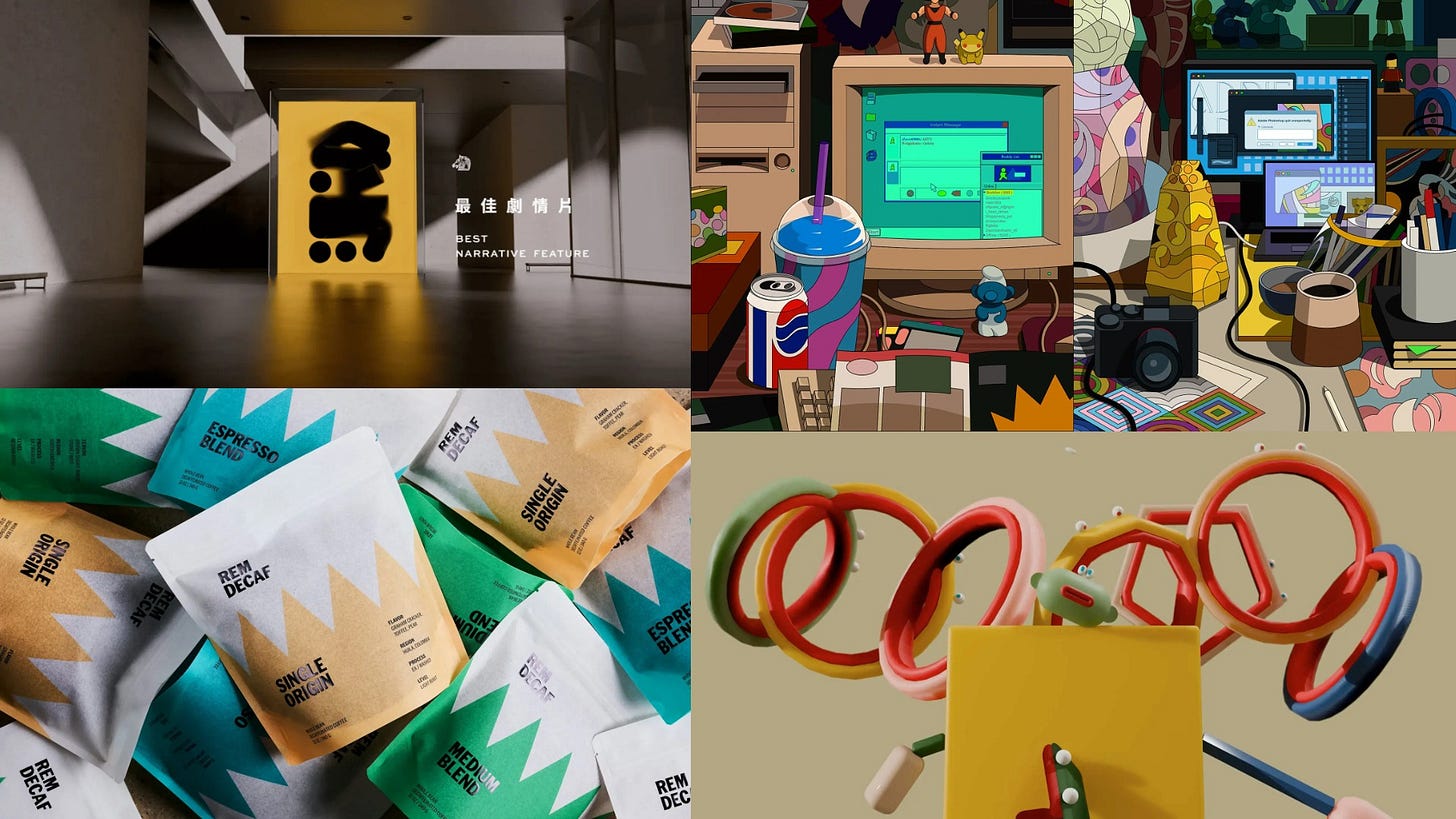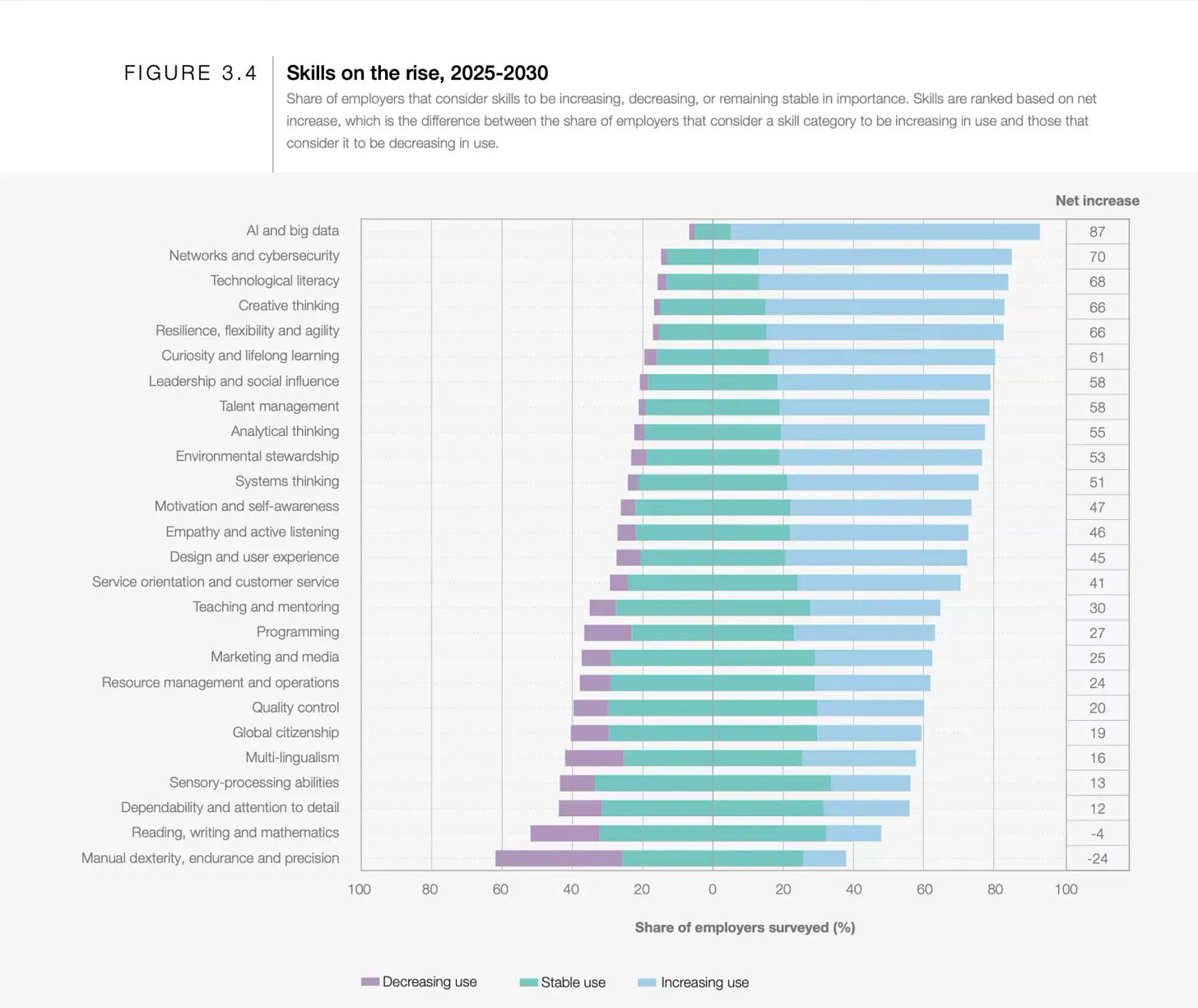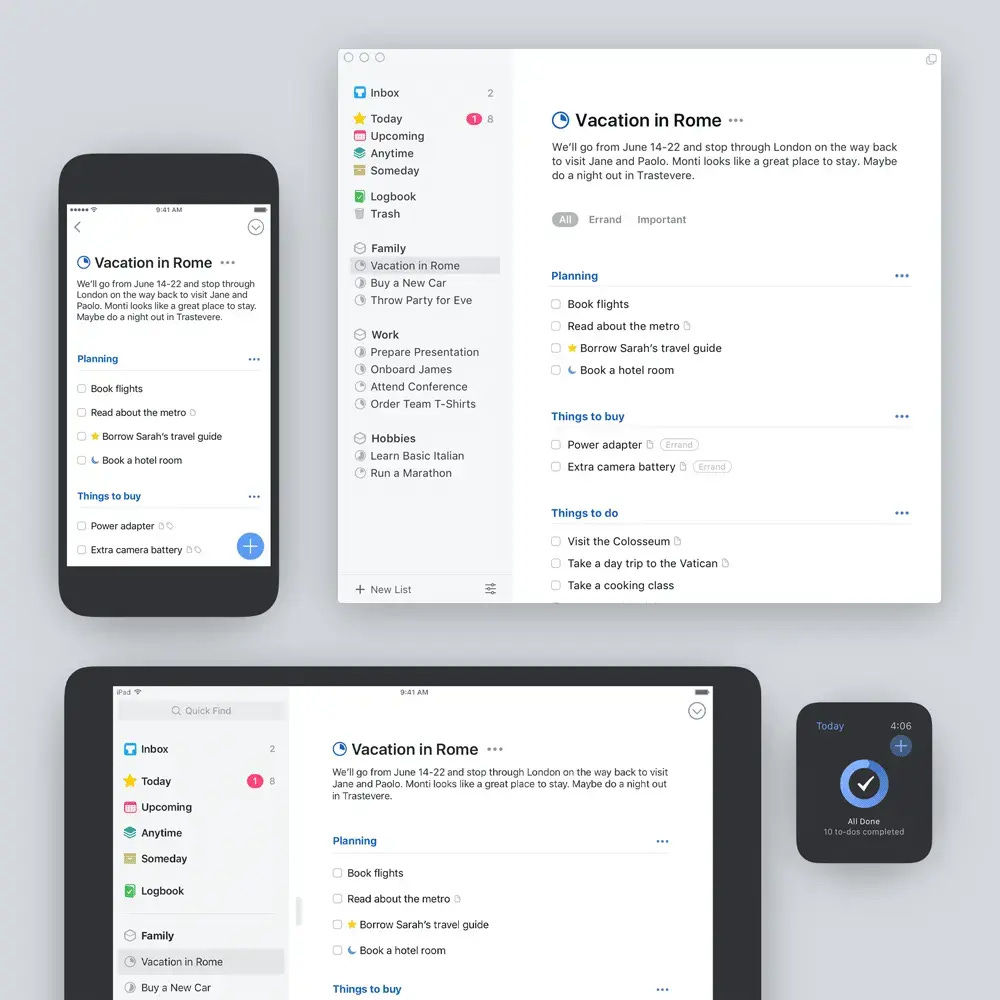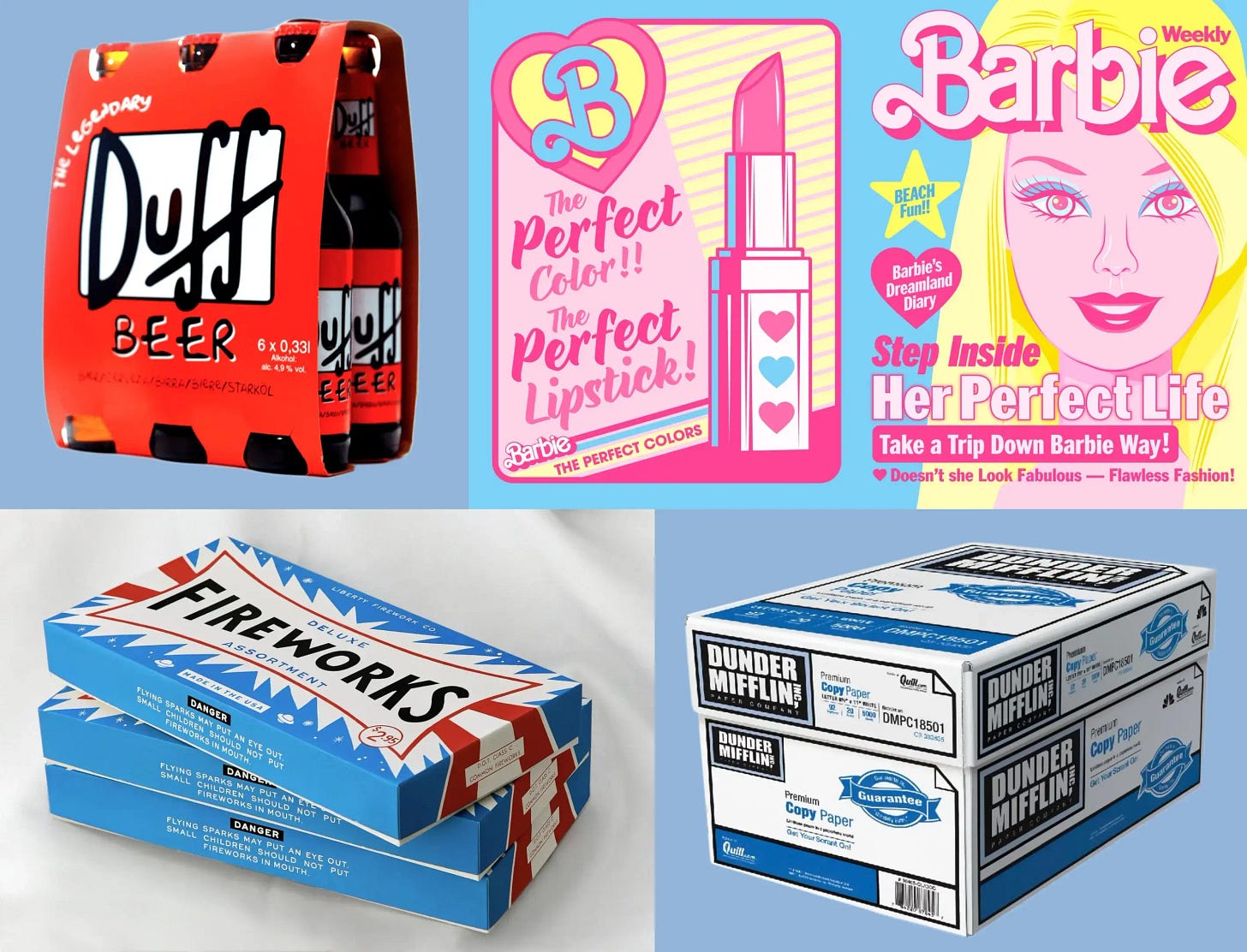Issue 167
Bugging cornershops
Hello, dear readers! 👋
In this issue, among other things:
How to correctly set and structure promts when developing a design with AI
An article about how fictional brands are created in cartoons & movies
How to enhance your AI experiences with deep research
Colorful and non-trivial posters from the Cuban Revolution era
The new unusual work of the OK GO group
A collection of vintage ornaments from book flyleafs
An online gallery in which images are endlessly sorted by meaning and appearance.
…and much more!
Enjoy reading!
🗞 News and articles
Designing With AI, Not Around It
Ilia Kanazin and Marina Chernyshova explained why it is necessary to use AI not through surface commands, but through structured industrial techniques.
Using practical examples, they showed where short queries are appropriate and where structured work with roles, context, checkpoints, and ramification of reasoning is needed.
The article analyzes six methods of problem formulation with specific examples of formulations that have proven to be most effective in developing real products.
A few thoughts from the article:
Communicating with AI is not much different from communicating with a human. If you express your thoughts clearly, then communication is more productive.
Even minimal context clarifications radically change the AI’s response. Tasks should be described taking into account the role of AI, the context of the task, instructions and restrictions.
AI can decompose complex tasks using the Jobs To Be Done method
For brainstorming and concept search, it is better to ask the AI to conduct a dialogue in the role of an intellectual opponent who does not automatically agree.
You can ask the AI to play a lot of roles. This way, you can simulate team criticism from managers, engineers, analysts, testers, and designers at the same time.
A long promt will not necessarily be more effective. When setting a task, it is important to keep a balance between accuracy and variability of responses.
The ability to choose the right technique for working with AI is a basic requirement for a modern digital expert.
Fast Software, the Best Software
An article by Craig Maude praising the speed of software products as an important component of their design. I agree with every word.
The speed with which the tool responds to our actions is critical to our satisfaction with it. Fast software won’t necessarily be good, but slow software can almost never become really cool.
I think that Telegram’s high speed is one of the reasons for its success. And Notion’s brakes and slowness, if the team hadn’t eliminated them, could have ruined this otherwise wonderful product.
What does all this have to do with design? Direct. Designers make many decisions that directly affect speed. Five custom fonts instead of one? Slowing down. A background video instead of a picture? Slowing down. A photo instead of a vector illustration? Slowing down. Smooth animations of the appearance of elements? Deceleration (perceived).
The secrets behind designing a great fictional brand for TV and film
A large detailed article on how fictional brands are created and developed in cartoons and movies, what are their differences from real brands, how they help reveal characters and how they can be embodied in the real world.
To find out more details, the authors talked with the designers who worked on the Barbie movie and Wes Anderson films, as well as with Cartoon Network channel president Michael Owelin and other experts.







